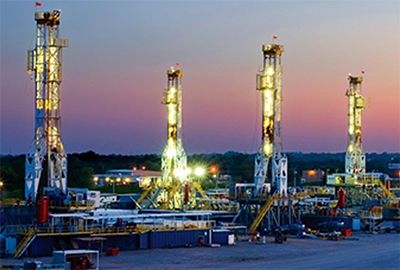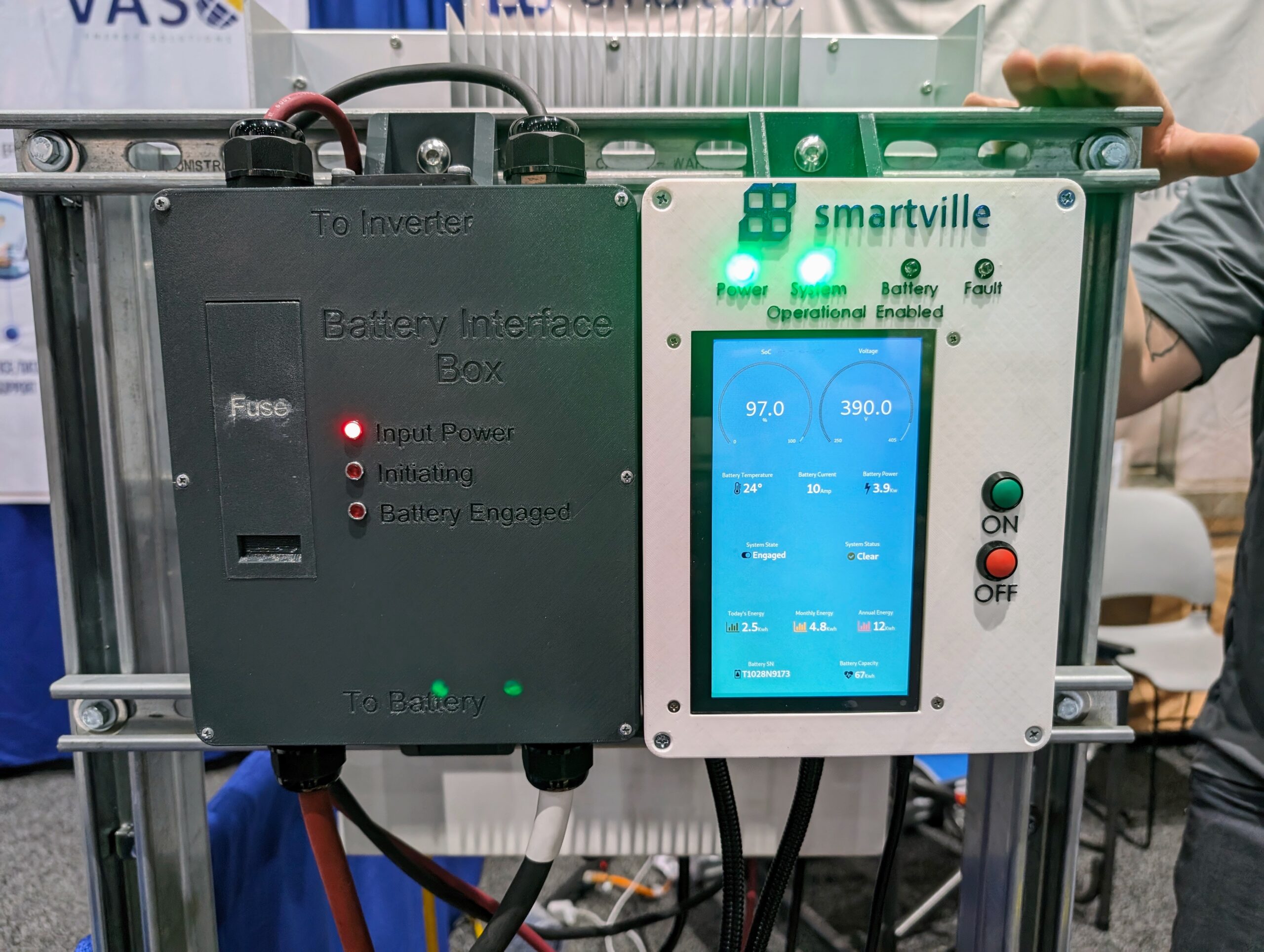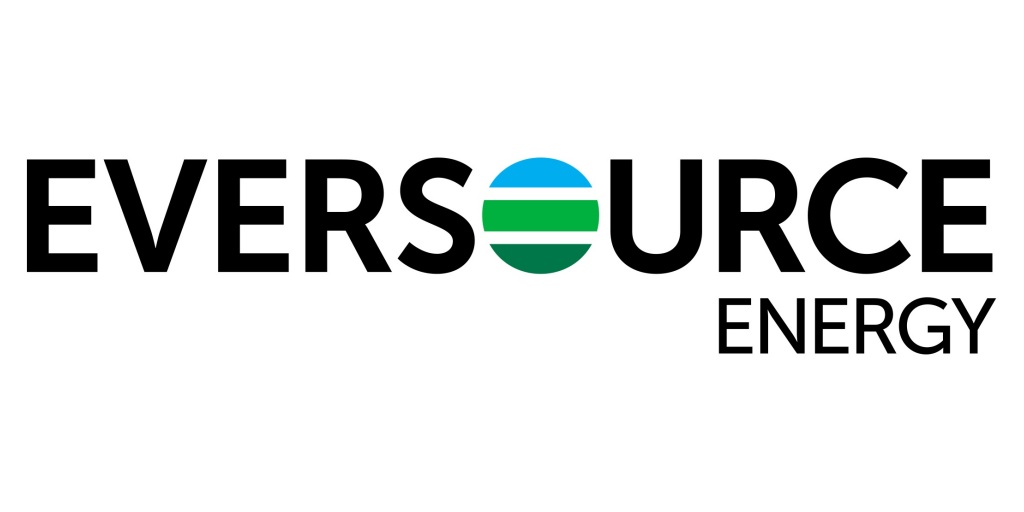Orica says it has achieved another milestone in its decarbonisation journey, eliminating the first 250,000 t of carbon dioxide equivalent (CO2-e) from its Kooragang Island manufacturing facility with an Australian first deployment of tertiary catalyst abatement technology (pictured).
The installation of three tertiary abatement reactors at its Kooragang Island facility has eliminated the equivalent of 20% of the plant’s total greenhouse gas emissions, for the period from November 2022 to August 2023. This means that for every tonne of nitric acid produced at the facility to produce products for many businesses across New South Wales, including the mining, agriculture, health and food industries, there has been a reduction in nitrous oxide emissions of over 95% compared with 2019 levels.
To facilitate the project, the NSW Government’s Net Zero Industry and Innovation Program co-invested A$13.06 million ($8.33 million), together with Orica’s A$25 million financed by the Federal Government’s Clean Energy Finance Corporation. The Clean Energy Regulator also approved the project as eligible to generate Australian Carbon Credit Units.
Orica Group Executive and President Australia Pacific, Germán Morales, said: “This is another proud and critical milestone in Orica’s decarbonisation journey and ambition to achieve net zero emissions by latest 2050.
“We are accelerating action to reduce greenhouse gas emissions today, ensuring a sustainable future for our manufacturing facilities and supporting customers in achieving their sustainability goals. We are already seeing the benefit of this technology at our Kooragang Island facility, with an annual estimated reduction of 500,000 t of carbon dioxide equivalent. Now, as we continue our decarbonisation efforts, we will focus on installing the same proven technology at our Yarwun facility.”
Having invested to deliver significant reductions in net operational Scope 1 and 2 greenhouse gas emissions across some of its major manufacturing facilities, Orica says it is expecting a total reduction of at least 19% at the end of its 2023 financial year, from 2019 baseline levels. This supports Orica’s accelerated climate target to reduce net operational Scope 1 and 2 emissions by at least 45% by 2030, from 2019 levels.
Orica’s Kooragang Island facility is presently one of NSW’s largest industrial users of gas – using approximately 10-15% of total NSW gas per year. The next step for Orica in reducing these site-based emissions will be the use of renewable hydrogen as a feedstock, rather than natural gas used today. Orica hopes to further reduce its Scope 1 emissions while producing low-carbon ammonia for possible export and freeing up domestic gas supply for Australian households.
Partnering with Origin Energy on the Hunter Valley Hydrogen Hub, Orica is aiming to deliver a commercial-scale renewable hydrogen supply chain in the Newcastle industrial and port zone. The Hydrogen Hub will be located next to Orica’s Kooragang Island manufacturing site in Newcastle, in recognition of the competitive advantages of a strategic location on the Port of Newcastle and an established end market. It is also the only ammonia plant operating on Australia’s east coast with direct access to a deep-water port and the Port of Newcastle’s Clean Energy Precinct.
Penny Sharpe MLC, NSW Minister for Climate Change, Minister for Energy, Minister for the Environment, and Minister for Heritage, today announced funding from the NSW Government’s Hydrogen Hubs Initiative of A$45 million to progress the proposed Hunter Valley Hydrogen Hub on Kooragang Island. The NSW Government funding announcement follows a A$70 million contribution from the Federal Government announced in mid-July.
Orica and Origin recently signed a joint development agreement to progress plans and co-fund the proposed Hub through front-end engineering design, and continue to engage with the local community through the recent public EIS exhibition process.
Morales said: “We are deeply committed to continuing support for our customers by future-proofing our regional manufacturing, jobs and economies. As we progress plans to develop the Hunter Valley Hydrogen Hub, by leveraging our unique location, existing operations, experience and end markets, we will not only address some of our most material greenhouse gas emissions but also create future markets for Orica while supporting our customers as the world transitions.”




